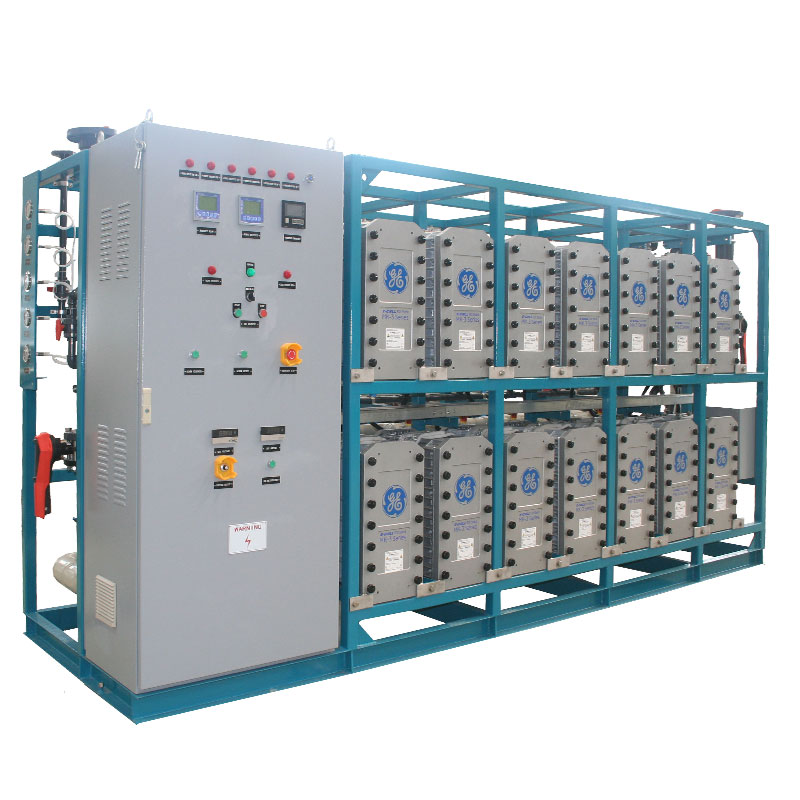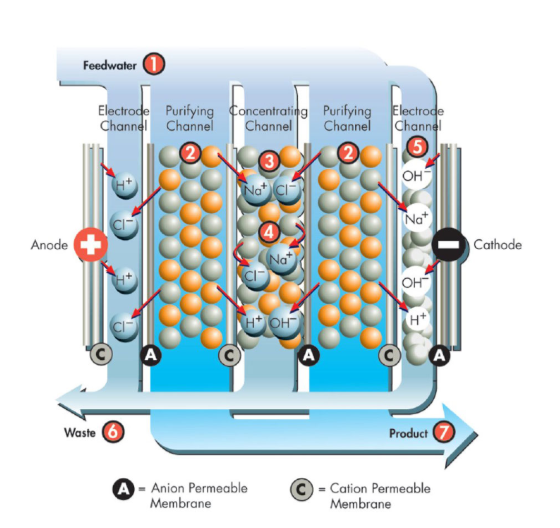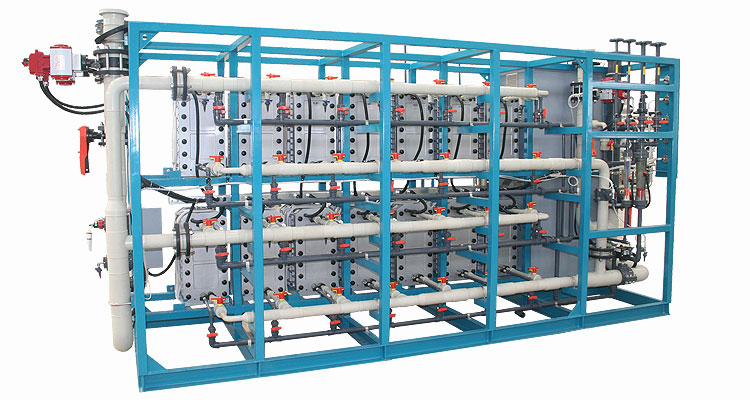How does the hemodialysis water treatment process work?
Hemodialysis is a medical procedure used to replace kidney function and remove waste and excess fluid from the blood. During dialysis, the patient's blood is filtered through a dialyzer (or "artificial kidney") to remove harmful substances and excess water to maintain the normal functioning of the body. Dialysis water is the core of the dialysis process because the purity of the dialysate directly affects the patient's health and treatment results.
This article will introduce the process of hemodialysis water treatment and its key links in detail.

What are the basic requirements for hemodialysis water treatment?
Hemodialysis water must meet extremely strict quality standards. Since patients are exposed to a large amount of water during dialysis, any substandard water quality may cause serious health problems such as infection, inflammation or poisoning. Therefore, dialysis water must undergo multiple purification and disinfection to remove all substances that may be harmful to the human body, including microorganisms, chemicals and heavy metals.
According to the American Society of Nephrology and other relevant standards, dialysis water must meet the following requirements:
● Microbial load: The number of bacteria in the water should be extremely low, usually less than 100 CFU/mL.
● Endotoxin content: The level of endotoxin needs to be strictly controlled, usually less than 0.25 EU/mL.
● Chemical purity: Remove minerals and heavy metals such as calcium, magnesium, chlorine, lead, copper, and any organic pollutants in the water.

How is the process of hemodialysis water treatment carried out?
The design of the hemodialysis water treatment system is very complex and requires multiple stages of purification to ensure that the water quality meets the standards. The main steps include raw water pretreatment, RO treatment, pure water storage and distribution, and final monitoring and control. The following is a detailed description of each step:
Raw water pretreatment
The main task of the pretreatment stage is to remove most of the suspended matter, chlorine and chloramines in the raw water, as well as other substances that may damage subsequent equipment or affect water quality. Common pretreatment equipment includes:
● Multi-media filter: used to remove large suspended particles and impurities in water, such as silt and rust.
● Activated carbon filter: absorbs organic matter, chlorine and chloramine in water, which may cause damage to reverse osmosis membrane and patients if not removed.
● Water softener: removes calcium and magnesium ions in water through ion exchange resin, reduces water hardness and prevents scale from forming on reverse osmosis membrane.
Reverse osmosis treatment
Reverse osmosis (RO) treatment is the core step of dialysis water treatment. The reverse osmosis system uses a semi-permeable membrane to filter water under high pressure to remove almost all soluble substances and microorganisms. The RO system can effectively remove salts, heavy metals, organic matter, bacteria and viruses in water to ensure high purity of water quality.
The performance of the reverse osmosis system directly affects the quality of dialysis water. Therefore, a two-stage reverse osmosis system is usually used to provide additional safety. The two-stage system consists of two RO units in series, and the water after the first RO treatment will pass through the second RO unit again for further purification.
Pure water storage and distribution
The water after reverse osmosis treatment is called "pure water" and needs to be transported to the dialysis machine through a dedicated pipeline. Since microorganisms and chemicals in water may still re-contaminate water quality during storage and transportation after treatment, the storage and distribution stages also need to be strictly controlled.
● Pure water storage tank: Stores pure water after reverse osmosis treatment, usually made of stainless steel or other corrosion-resistant materials to prevent water quality from being affected by the outside world.
● Ultraviolet disinfector: Installed in the distribution pipeline to further kill microorganisms in the water and ensure the sterility of dialysis water.
● Circulation system: Keep pure water flowing continuously in the distribution pipeline to prevent bacteria from growing in stagnant water.
Final monitoring and control
All aspects of the water treatment system need to be monitored in real time to ensure the quality of dialysis water. The main monitoring items include:
● Conductivity monitoring: Measuring the conductivity of water can reflect the total ion concentration in the water and judge the desalination effect of the RO system.
● Microbial monitoring: Regular sampling is used to detect the bacteria and endotoxin levels in the water to ensure that the water quality meets the standards.
● Chemical monitoring: Detect residual chlorine, heavy metals and other harmful chemicals in the water to ensure that their concentrations are within a safe range.

Why does hemodialysis require such strict water treatment?
During dialysis, the patient's blood directly contacts the dialysate through the dialyzer, and the dialysate is a mixture of dialysis water and concentrated electrolyte solution. If the dialysis water contains microorganisms, endotoxins or harmful chemicals, these contaminants will directly enter the patient's blood and cause serious complications. Therefore, every link in the dialysis water treatment needs to meet extremely high standards to ensure the purity and safety of the water quality.
Water that has not been strictly treated may contain a variety of substances that are harmful to the human body, such as:
● Microorganisms and endotoxins: Common bacteria and endotoxins in water can cause infection and inflammatory reactions in patients.
● Heavy metals: Such as lead and mercury, which accumulate in the human body can cause damage to the nervous system and kidneys.
● Residual chlorine and chloramines: If these substances are not effectively removed, they may enter the patient's body during dialysis, causing serious problems such as hemolysis of the blood.




